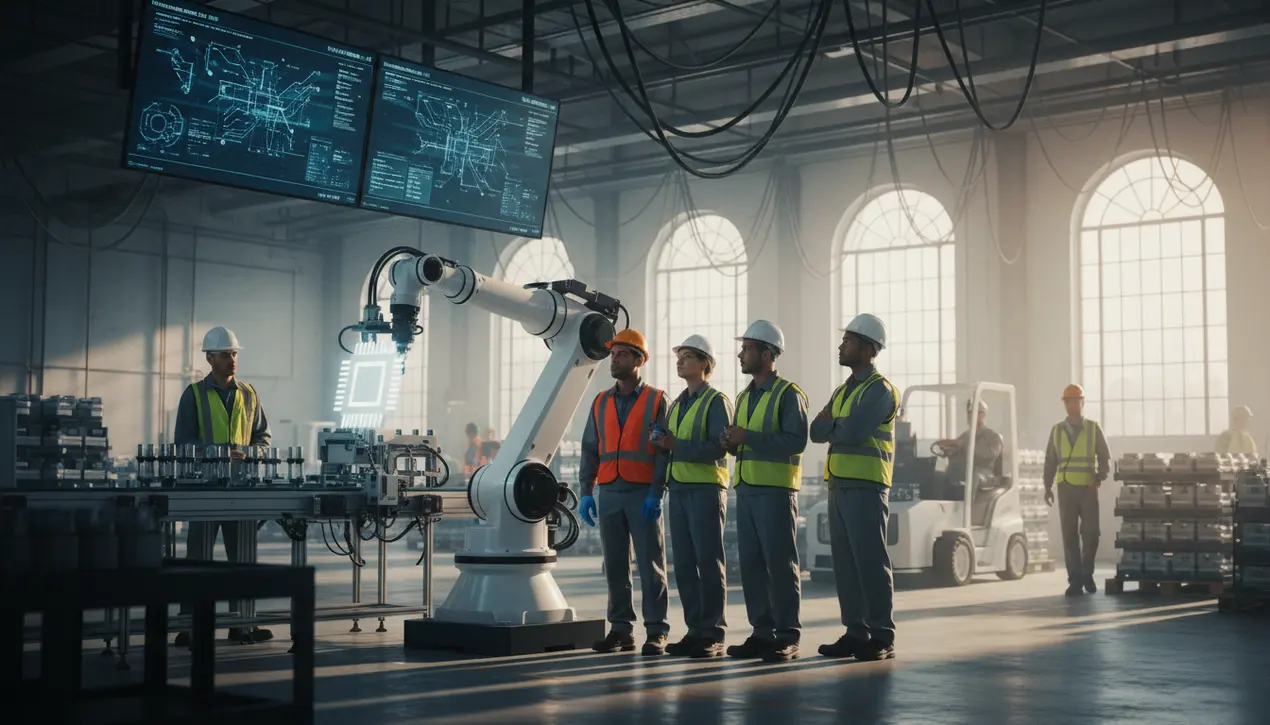
FinancemacroeconomyEconomic Stimulus
US Economic Strength Defies Expectations Amid Tariff Concerns
OL
Olivia Scott
10 hours ago7 min read1 comments
The U. S.economy continues to demonstrate a remarkable and somewhat confounding resilience, brushing aside the dire forecasts that have long shadowed the implementation of widespread tariffs and other contentious trade policies. While the consensus among most economists pointed toward significant damage—stifled growth, inflationary spirals, and disrupted global supply chains—the aggregate indicators tell a different, more robust story.Key metrics like GDP growth, unemployment rates, and consumer spending have remained surprisingly buoyant, creating a puzzling disconnect between theoretical models and on-the-ground reality. This defiance raises a critical question for market watchers and Federal Reserve analysts alike: are we merely witnessing a postponement of the inevitable economic costs, or is a more fundamental shift underway? The tariffs, often likened to a regressive tax that ultimately burdens consumers and complicates corporate planning, were expected to bite deeply into corporate profits and cool down the blistering pace of the post-pandemic recovery.Yet, the market has absorbed these shocks with a steadiness that has left many seasoned Wall Street veterans recalibrating their models. Some of this resilience can be attributed to the sheer momentum of the American consumer and the underlying strength of the labor market, which has proven far more durable than anticipated.However, a compelling and increasingly plausible counter-thesis is emerging from the technology sector, suggesting that the long-feared economic headwinds could be offset by a powerful, deflationary tailwind: the rapid, pervasive integration of artificial intelligence. We are standing at the precipice of a productivity revolution, where AI-driven efficiencies in logistics, manufacturing, and service delivery are beginning to unlock value at a scale that could neutralize the drag from protectionist measures.Consider the historical precedent of previous technological leaps; the adoption of personal computers and the internet in the late 20th century similarly transformed productivity paradigms, creating new industries and wealth that far outstripped the costs of the transition. Today, AI is poised to do the same, automating complex tasks, optimizing supply chains in real-time to navigate around trade barriers, and fostering innovation in sectors from healthcare to finance.When the deferred costs of these tariffs eventually fall due—perhaps in the form of higher consumer prices or strained international relations—the concurrent advances in AI may well provide the necessary cushion, boosting output and driving down operational expenses in a way that keeps the overall economic engine humming. This isn't just speculative optimism; it's a scenario being seriously modeled in boardrooms and central banks.The critical variable, then, is timing. Can the AI dividend materialize swiftly and broadly enough to outpace the gathering storm of trade friction? The answer will define not only the next business cycle but the very balance of global economic power for years to come.
#featured
#US economy
#tariffs
#AI
#aggregate indicators
#economic resilience
#policy impact
Stay Informed. Act Smarter.
Get weekly highlights, major headlines, and expert insights — then put your knowledge to work in our live prediction markets.
Related News
Comments
Loading comments...
© 2025 Outpoll Service LTD. All rights reserved.